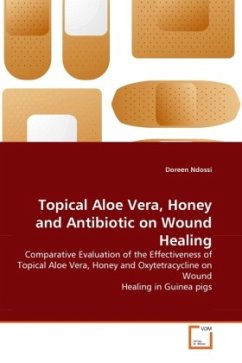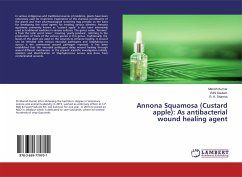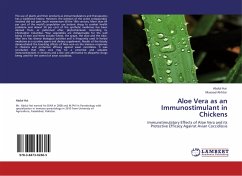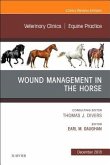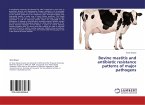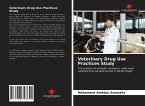Wound management is a concern for all health care providers both in animals and humans. The public is currently avoiding the use of Antibiotics due to antibiotic resistance. Aloe vera and honey are among many readily available, inexpensive, naturally-occurring substances that have been used in wound management during the last few decades. Aloe vera grows in a wide variety of climate and the gel can be locally produced and used in households to promote wound healing at a low cost. Honey is readily available, simple to use and effective on wound healing. This book contains some information on the comparative evaluation of the effectiveness of topical Aloe vera gel, honey and the conventional oxytetracycline (OTC) spray on wound healing where guinea pigs were used as experimental animals. Overall results showed that A. vera gel and honey had better effects on wound healing therefore recommended for use in order to reduce the current overuse of antibiotics. Where necessary however, topical antibiotics should be used cautiously with the risk of antibiotic resistance in mind.

